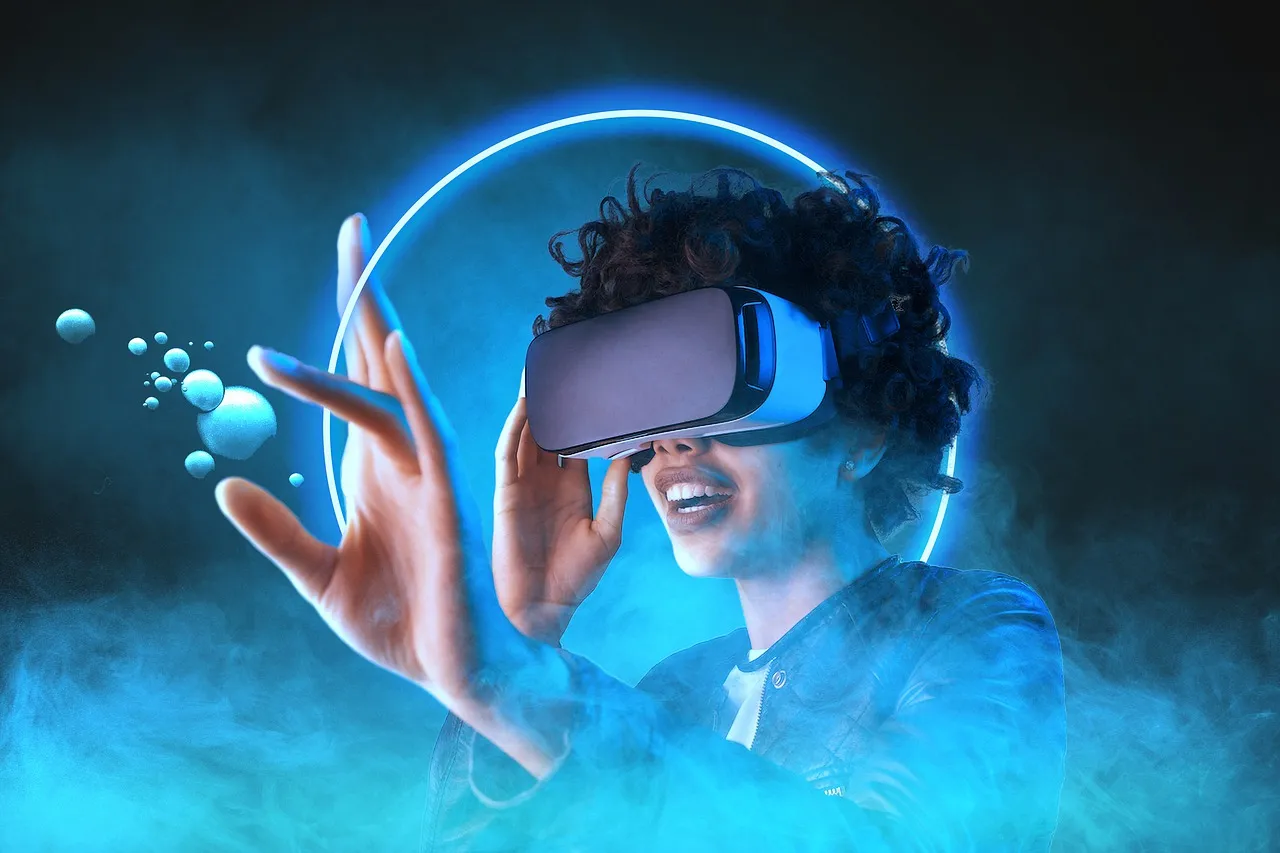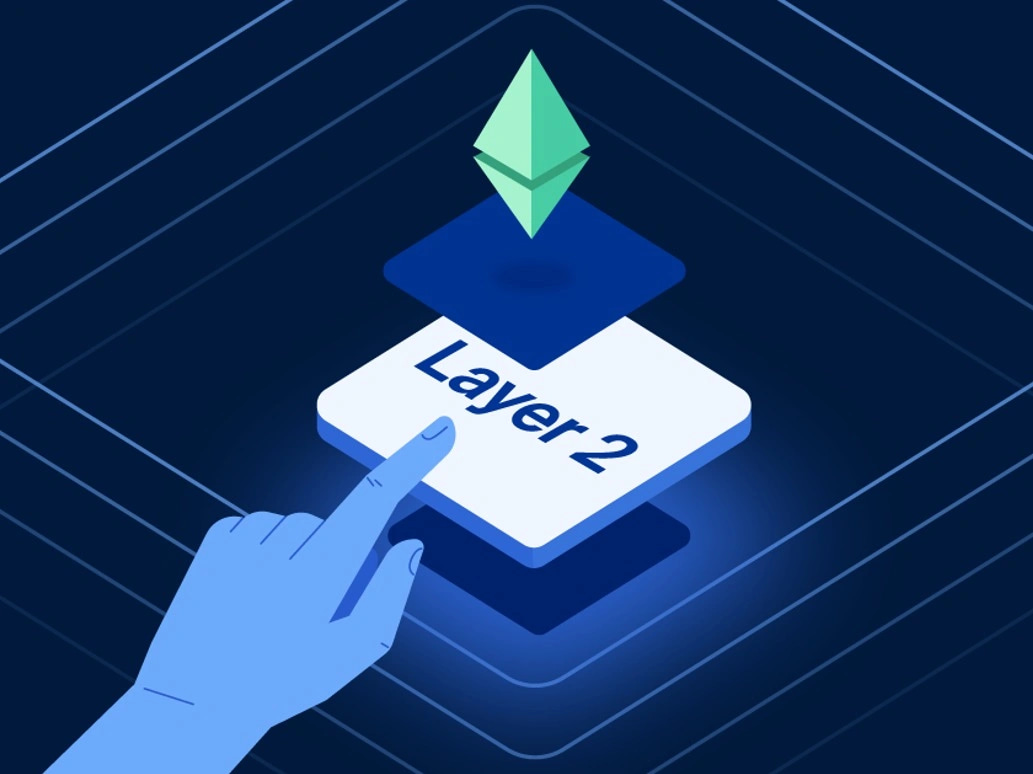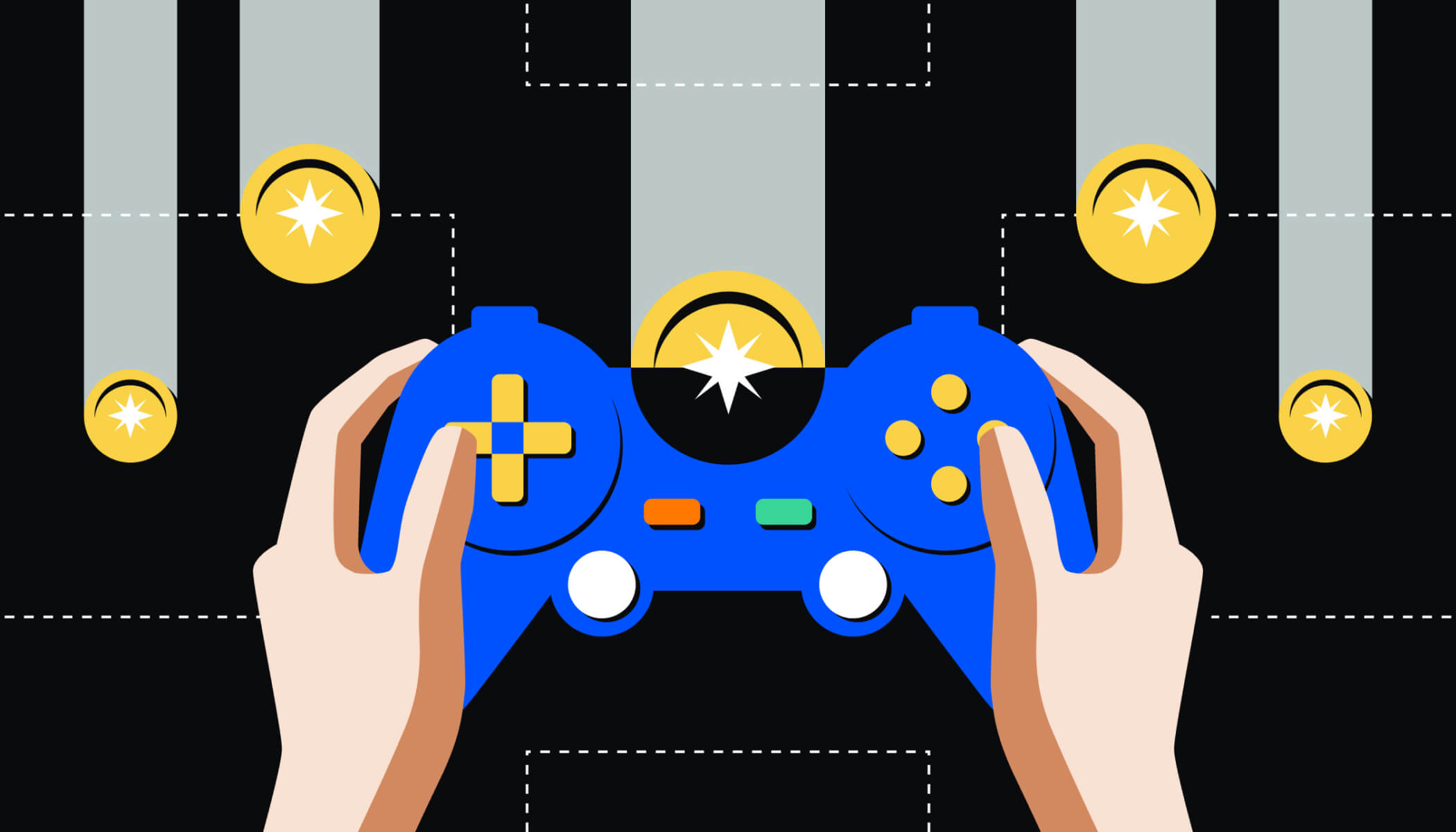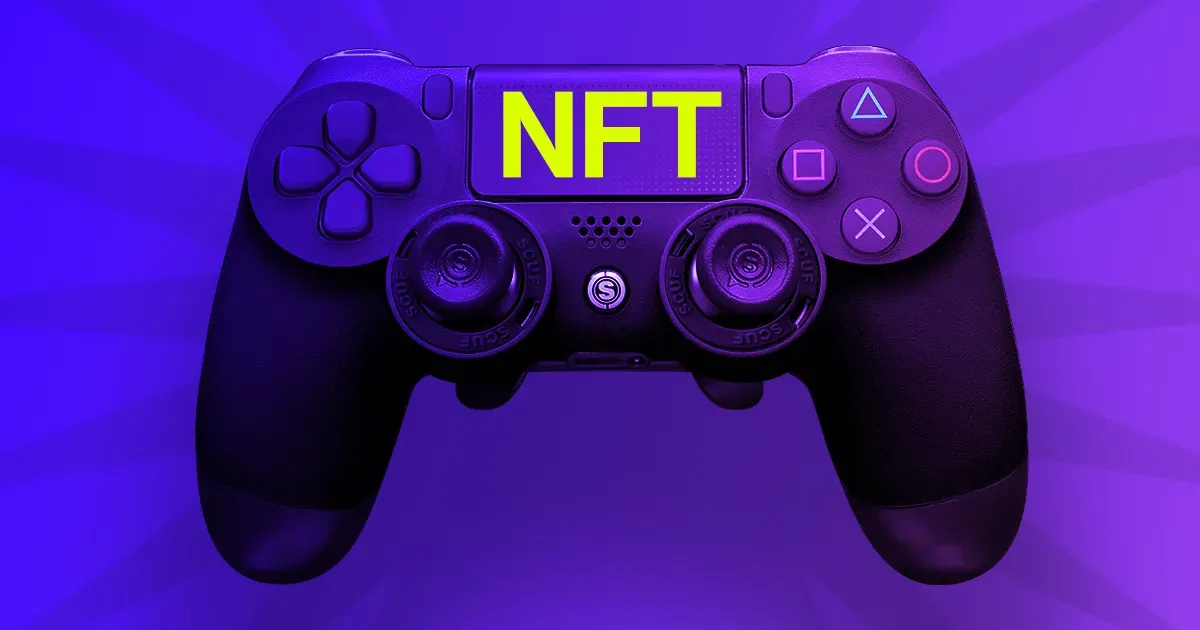Key Takeaways
- Web3 gaming gives players real ownership of in-game items through blockchain technology and NFTs.
- Instead of closed ecosystems, Web3 games run on decentralized networks where assets can be traded, sold, or moved between platforms.
- Play-to-earn and on-chain economies make gaming more interactive, rewarding, and financially open for players worldwide.
A New Era of Gaming Ownership
For decades, gaming has been controlled by centralized studios. Players could buy skins, weapons, and characters, but they never truly owned them. Web3 gaming changes this model by introducing blockchain-backed assets that exist independent of any single game. This shift is why many in the industry see Web3 gaming as a foundation for the next decade of interactive entertainment.
At its core, Web3 gaming blends traditional gameplay with decentralized systems, enabling players to collect, trade, and verify ownership of digital items. This beginner-friendly guide breaks down how it works — without the technical noise.
Blockchain: The Backbone of Web3 Games
Blockchain technology is what makes Web3 games possible. Instead of storing items on a company’s private servers, assets live on public, decentralized networks such as Ethereum, Polygon, Solana, or Avalanche.
These blockchains function as transparent databases where every transaction, trade, or upgrade is recorded. For players, this means:
- Permanent ownership of items
- Interoperability across different games and marketplaces
- Tamper-proof transactions and secure identity systems
In 2025, most Web3 games rely on scalable Layer 2 networks to keep fees low and gameplay smooth. This ensures blockchain remains in the background while the user experience feels just like traditional gaming.
NFTs: Turning Game Items Into Real Digital Assets
NFTs (non-fungible tokens) are the digital certificates that prove ownership of in-game items. In Web3 gaming, your character skins, weapons, land, and collectibles can all be minted as NFTs.
The key difference from traditional gaming?
Players can buy, sell, or trade these NFTs on open marketplaces — sometimes even outside the original game.
This unlocks new opportunities for creators, modders, and players to participate in a more open economy. Instead of closed, disposable assets, NFTs give game items real-world value and permanence.
Play-to-Earn and On-Chain Economies
Web3 gaming introduced the concept of play-to-earn (P2E), where players receive tokens or rewards for participating in the game. While the early hype around P2E has cooled, sustainable models are emerging in 2025:
- Play-and-own: players earn items they can use or sell
- Skill-based rewards: tournaments and ranked systems tied to digital assets
- Creator economies: players design skins or levels and earn royalties
These on-chain systems create dynamic digital economies where players become participants, not just consumers.
Connecting Through Web3 Wallets
A Web3 wallet — such as MetaMask, Phantom, or sequence-based gaming wallets — acts as your digital identity. Instead of logging in with email, players connect with a wallet that stores their NFTs and game assets.
This enables:
- Seamless login across multiple games
- True control over digital belongings
- Easy trading via decentralized marketplaces
Most modern Web3 games integrate user-friendly wallets to remove complexity for beginners.
The Future of Web3 Gaming
As major studios experiment with blockchain and open economies, Web3 gaming is gaining legitimacy. The industry in 2025 focuses less on speculation and more on gameplay-first experiences. Developers aim to make blockchain invisible, improving stability, scalability, and user experience.
For newcomers, understanding how Web3 gaming works opens the door to a more player-driven future — one where ownership, transparency, and creativity reshape the gaming experience.
Conclusion
Web3 gaming represents a major step toward a more open digital economy. By combining blockchain, NFTs, and decentralized ownership, it gives players unprecedented control over their in-game worlds. For anyone exploring the next generation of gaming, understanding these foundations is the first step toward participating in a rapidly evolving ecosystem.
Disclaimer: The information in this article is for general purposes only and does not constitute financial advice. The author’s views are personal and may not reflect the views of GameDegen.com. Before making any investment decisions, you should always conduct your own research. GameDegen.com is not responsible for any financial losses.




